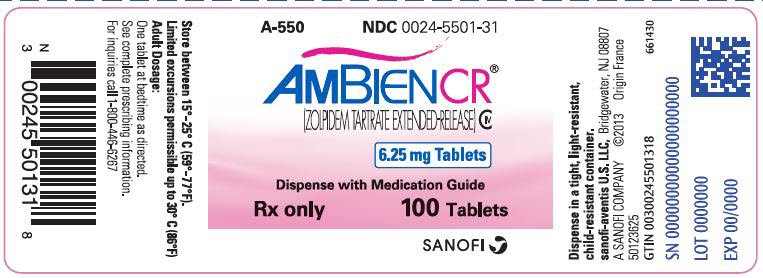Anxiety
A Comprehensive Guide to Ambien, Ambien CR, and Lunesta for Insomnia
Insomnia, the persistent difficulty of falling or staying asleep, affects millions of people worldwide. It can severely impact one’s daily life, leading to fatigue, irritability, and a decrease in overall well-being. Fortunately, there are medications designed to help manage insomnia, including Ambien, Ambien CR, and Lunesta. This blog post will explore these medications in detail, highlighting their uses, mechanisms, differences, and considerations.
Insomnia Treatment: Ambien CR (Zolpidem Extended-Release)
- Generic Name: Zolpidem
- Usage: Helps with both sleep initiation and sleep maintenance, providing a longer-lasting effect.
- Mechanism: Ambien CR uses a two-layered tablet. The first layer dissolves quickly to help you fall asleep, while the second layer dissolves slowly to help you stay asleep.
- Form: Extended-release tablets.
Ambien CR is beneficial for individuals who not only struggle to fall asleep but also have trouble staying asleep. The extended-release formulation ensures a sustained effect, offering a full night’s rest. Like regular Ambien, it carries risks of side effects and dependency.

Insomnia Treatment: Ambien (Zolpidem)
- Generic Name: Zolpidem
- Usage: Short-term insomnia treatment, specifically for those who have trouble falling asleep.
- Mechanism: Ambien works by enhancing the effects of gamma-aminobutyric acid (GABA), a neurotransmitter that slows down brain activity, facilitating sleep.
- Form: Immediate-release tablets.
Ambien is effective for those who primarily struggle with sleep initiation. It provides quick relief, usually prescribed for short-term use (a few weeks) to minimize the risk of dependence and tolerance. Common side effects include drowsiness, dizziness, and in some cases, a feeling of being “drugged.”

Insomnia Treatment: Lunesta (Eszopiclone)
- Generic Name: Eszopiclone
- Usage: Treats insomnia, addressing both sleep initiation and maintenance issues.
- Mechanism: Lunesta interacts with GABA receptors, producing a calming effect on the brain that aids both in falling asleep and staying asleep.
- Form: Immediate-release tablets.
Lunesta is a versatile medication effective for both sleep initiation and maintenance. It is known for potentially causing less next-day drowsiness compared to Ambien, making it a preferable choice for some users. As with other sleep medications, it should be used under medical supervision due to potential side effects and dependency risks.

Differences and Considerations
- Duration: Ambien is typically used for short-term insomnia treatment, while Ambien CR and Lunesta can be used for longer periods, based on a doctor’s advice.
- Release Mechanism: Ambien CR has an extended-release mechanism to help maintain sleep, whereas Ambien and Lunesta are immediate-release.
- Side Effects: All three medications may cause drowsiness and dizziness. However, Ambien and Ambien CR might result in more next-day drowsiness compared to Lunesta.
- Prescription: These medications require a prescription and should be taken exactly as directed by a healthcare provider to avoid potential dependency and other side effects.
Conclusion
Ambien, Ambien CR, and Lunesta are effective options for managing insomnia, each with unique benefits and considerations. It’s essential to consult with a healthcare provider to determine which medication is right for you. By understanding how these medications work and their potential side effects, you can make an informed decision to improve your sleep and overall quality of life.
If insomnia is affecting your life, seeking professional help can lead to effective insomnia treatment and a better night’s rest. Remember, restful sleep is crucial for maintaining good health and well-being.
